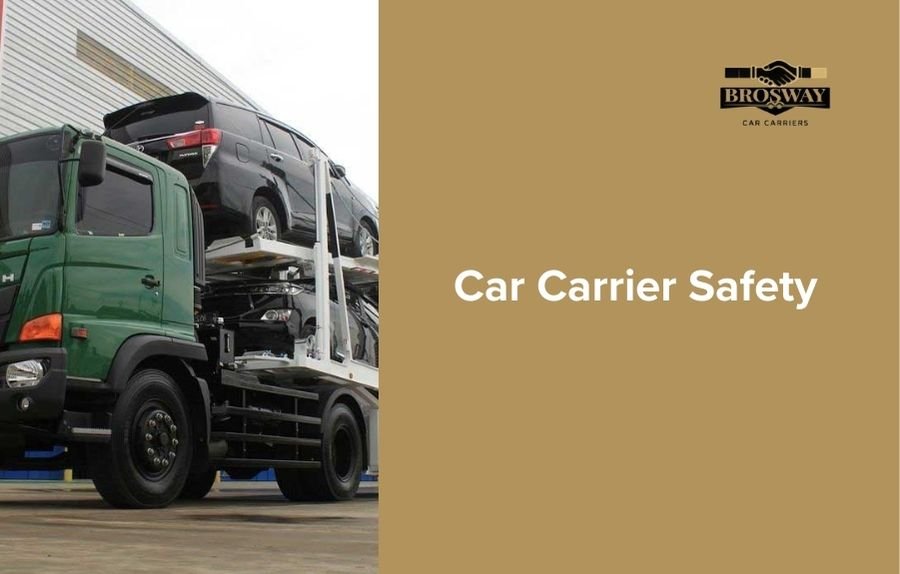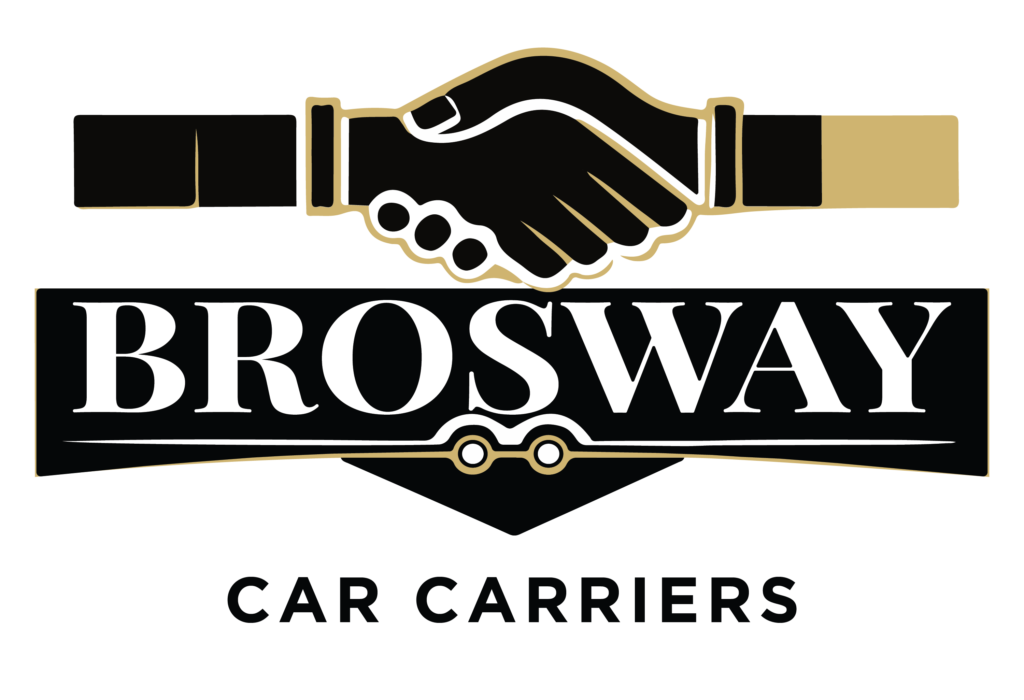
The Frequency of Cars Falling Off Car Carriers
Industry Statistics
The occurrence of cars falling off car carriers is relatively rare. Industry statistics show that only a small percentage of vehicles transported experience such incidents.
- Incidence rate: Less than 1% of vehicles fall off car carriers annually.
- Contributing factors: Factors such as improper loading, inadequate securing mechanisms, and driver errors contribute to these incidents.
Case Studies and Reports
Several case studies and reports have been conducted to understand the dynamics of car carrier accidents. These studies provide valuable insights into the reasons behind vehicles falling off carriers.
- Case studies: Analyze specific incidents to identify common issues and preventive measures.
- Safety reports: Published by transportation authorities to highlight safety standards and accident rates.
Common Causes of Cars Falling Off Car Carriers
Improper Loading Techniques
One of the primary causes of vehicles falling off car carriers is improper loading techniques. Ensuring that vehicles are correctly positioned and balanced on the carrier is crucial for safe transportation.
- Incorrect positioning: Vehicles not centered or balanced can shift during transit.
- Overloading: Exceeding the carrier’s weight limit can compromise stability.
Inadequate Securing Mechanisms
The securing mechanisms used to hold vehicles in place are vital for preventing falls. Inadequate or faulty securing can lead to vehicles becoming dislodged.
- Faulty straps or chains: Worn-out or damaged securing equipment can fail under stress.
- Improper use of securing devices: Not using the correct techniques to fasten vehicles securely.
Driver Errors
Human error is another significant factor in vehicle falls from car carriers. Driver mistakes can include both loading errors and operational mishaps.
- Loading errors: Incorrectly positioning or securing vehicles.
- Operational errors: Sudden braking, sharp turns, or speeding can cause vehicles to shift or fall.
Safety Measures to Prevent Cars from Falling Off
Proper Training for Drivers and Loaders
Ensuring that all personnel involved in loading and transporting vehicles are adequately trained is crucial. This includes both theoretical knowledge and practical skills.
- Training programs: Regular training sessions on loading techniques and safety protocols.
- Certification: Certification programs for drivers and loaders to ensure high standards.
Regular Maintenance of Securing Equipment
Maintaining the securing equipment in good condition is essential for safe vehicle transport. Regular inspections and maintenance can prevent equipment failure.
- Inspection schedules: Regularly scheduled inspections to check the condition of straps, chains, and other securing devices.
- Replacement policies: Timely replacement of worn-out or damaged equipment.
Adherence to Weight and Positioning Guidelines
Following the manufacturer’s guidelines for weight limits and vehicle positioning on carriers helps maintain balance and stability during transit.
- Weight limits: Adhering to specified weight limits for each carrier.
- Positioning guidelines: Ensuring vehicles are correctly positioned and balanced.
Legal and Insurance Aspects
Regulatory Compliance
Car carrier companies must comply with transportation regulations that mandate safety standards and practices to prevent vehicle falls.
- Regulations: Federal and state regulations on vehicle transport safety.
- Compliance audits: Regular audits to ensure adherence to safety standards.
Insurance Coverage
Having comprehensive insurance coverage for both the vehicles being transported and the carrier itself is crucial. This ensures financial protection in case of accidents.
- Coverage options: Various insurance policies covering different aspects of vehicle transport.
- Claim processes: Clear and efficient claim processes in case of incidents.
Real-World Examples and Lessons Learned
Case Study Analysis
Analyzing real-world incidents where vehicles have fallen off car carriers provides valuable lessons and insights into preventing future occurrences.
- Incident reviews: Detailed reviews of specific cases to understand failures and corrective actions.
- Best practices: Learning from past mistakes to implement best practices.
Testimonials from Industry Experts
Insights from industry experts and professionals can shed light on effective safety measures and the importance of stringent protocols.
- Expert opinions: Interviews and articles from experienced professionals.
- Safety recommendations: Practical tips and advice for improving safety standards.
